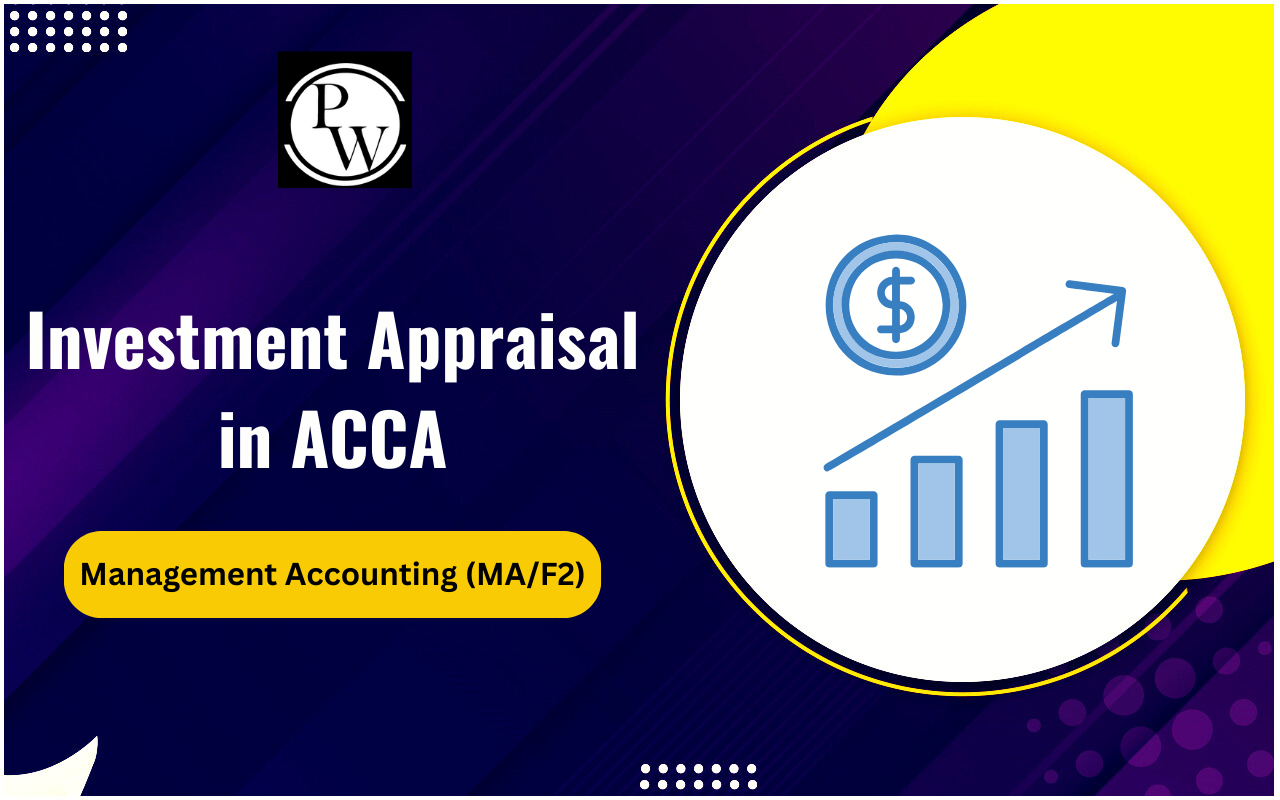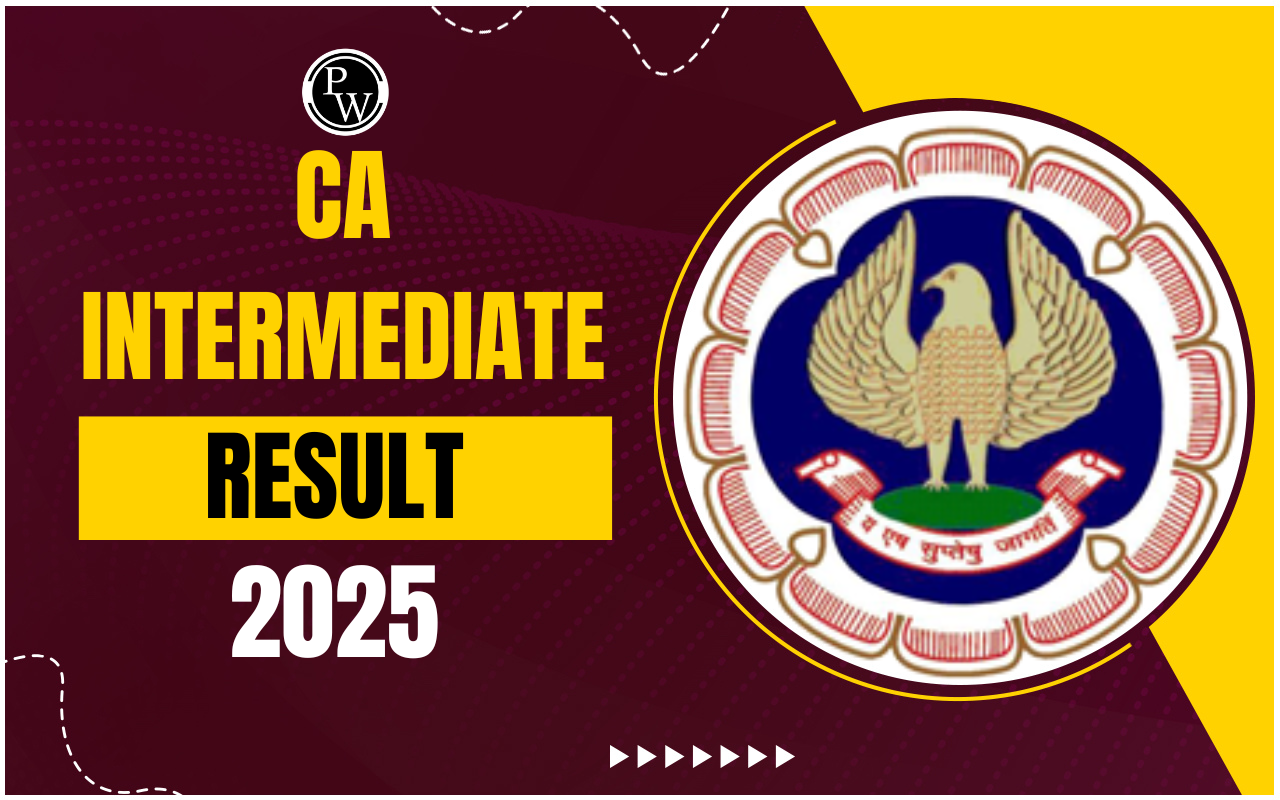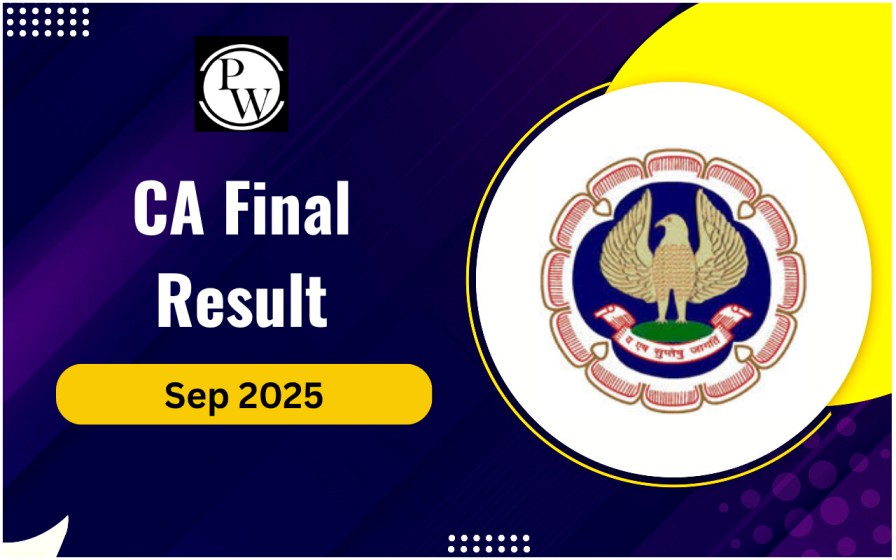
Cost Volume Profit (CVP) analysis, also known as breakeven analysis, is a vital tool in finance. It helps determine the activity level at which a business covers all its relevant costs, resulting in neither profit nor loss. Finance professionals use CVP analysis to see how changes in sales volume and costs impact profits. By understanding CVP, you can develop effective short-term strategies for your company. Let's explore the meaning and importance of Cost Volume Profit (CVP) analysis for CA Exams .
What Is Cost Volume Profit (CVP) Analysis?
Cost Volume Profit (CVP) analysis is a cost accounting technique that examines how cost, volume, and profit interact. It helps businesses understand how changes in costs, sales volume, and pricing affect profitability. Companies use CVP analysis to find the breakeven point, where total revenue equals total costs, and to predict how variations in these factors will influence future profits. This insight is crucial for making informed decisions about pricing, production, and cost management.Components of CVP Analysis
CVP analysis consists of several important parts, each with specific calculations:- Fixed Costs: These costs stay the same no matter how much you produce or sell. For example, your rent and advertising expenses don't change whether you sell a lot or a little.
- Variable Costs: These costs change depending on how much you produce. For example, if you produce more, you'll spend more on raw materials and direct labor.
- Contribution Margin: This is how much money is left after you subtract your variable costs from your total revenue. It shows how much money you have to cover your fixed costs and make a profit.
- Contribution Ratio: This is the contribution margin shown as a percentage of your total revenue. It helps you understand how much of each dollar of sales contributes to covering fixed costs and generating profit.
- Sales Volume: This is the number of products you sell in a certain period, like a month or a year.
- Breakeven Point: This is the point where your total revenue equals your total costs, meaning you are not making a profit but also not losing money.
- Selling Price: This is the amount of money you charge customers for each product you sell.
Also Read: Securities Laws and Regulations and Its Impact
Formula for Calculating Cost Volume Profit (CVP) Analysis
Cost-volume-profit (CVP) analysis, also known as breakeven analysis, helps determine the breakeven point for various sales volumes and cost structures. This analysis is essential for managers making short-term business decisions. CVP analysis assumes that the sales price, fixed costs, and variable costs per unit remain constant. It involves using specific equations for price, cost, and other variables, which are then plotted on an economic graph. The CVP formula also helps calculate the breakeven point—the number of units that must be sold or the amount of sales revenue needed to cover production costs. The breakeven sales volume formula is: To find a company's target sales volume, add a target profit amount to the fixed-cost component of the formula. This helps solve for the target volume based on the model's assumptions.
CVP analysis also calculates the product contribution margin, the difference between total sales and total variable costs. For a business to be profitable, the contribution margin must exceed total fixed costs. The contribution margin can also be calculated per unit by subtracting the unit variable cost from the unit sales price. The contribution margin ratio is the contribution margin divided by total sales.
To find a company's target sales volume, add a target profit amount to the fixed-cost component of the formula. This helps solve for the target volume based on the model's assumptions.
CVP analysis also calculates the product contribution margin, the difference between total sales and total variable costs. For a business to be profitable, the contribution margin must exceed total fixed costs. The contribution margin can also be calculated per unit by subtracting the unit variable cost from the unit sales price. The contribution margin ratio is the contribution margin divided by total sales.
Benefits of Cost Volume Profit Analysis
The following are the benefits of Cost Volume Profit Analysis:Profit Planning
CVP analysis is essential for profit planning. It allows businesses to predict how different operational and pricing strategies will affect their profits. By understanding the relationship between costs, volume, and profit, companies can identify the most profitable strategies, improving their financial stability and profitability.Pricing Strategies
CVP analysis is crucial for setting effective pricing strategies. It provides insights into how costs and profits vary with different price points. This helps businesses set prices that maximize profits while staying competitive, which is key for meeting both revenue and profit goals.Decision Making
With CVP analysis, businesses can make better decisions by understanding the financial impacts of various operational choices. It helps evaluate the potential profitability of different options, ensuring that decisions strengthen the company’s financial position and contribute to long-term success.Risk Assessment
CVP analysis helps in assessing risks by showing how sensitive profits are to changes in costs and sales volume. This enables companies to anticipate and mitigate risks related to cost fluctuations and market demand, making them more resilient and adaptable in a changing business environment.Cost Control
Effective cost control is another benefit of CVP analysis. It highlights how costs impact profitability, helping businesses focus on areas where cost reductions will most improve profits. This ensures efficient use of resources and optimal financial performance. PW CA Courses help to master Cost Volume Profit (CVP) analysis and other essential topics in finance. Gain the skills to make strategic business decisions confidently. Enroll now to advance your career in accounting and finance!| Also Check | |
| Behavioural Finance | Tax Treaties and Double Taxation |
| International Financial Management | Competition Law |
| Labor Laws in India | Dividend Policy |
Cost Volume Profit Analysis FAQs
What is the breakeven point in CVP analysis?
The breakeven point is where total revenue equals total costs, resulting in neither profit nor loss. It signifies the sales volume or revenue needed to cover all costs.
How does CVP analysis help in pricing strategies?
CVP analysis provides insights into how costs and profits change with different price levels. This helps businesses set prices that maximize profitability while remaining competitive in the market.
What are fixed costs in CVP analysis?
Fixed costs are expenses that remain constant regardless of the level of production or sales. Examples include rent, salaries, and insurance premiums.
What is contribution margin in CVP analysis?
Contribution margin is the amount of revenue left after subtracting variable costs from total revenue. It indicates how much of each sale contributes to covering fixed costs and generating profit.
How does CVP analysis aid in decision-making?
CVP analysis helps businesses evaluate the financial impact of different decisions on profitability. It allows managers to assess the profitability of various options and choose strategies that enhance financial performance and long-term success.
Talk to a counsellorHave doubts? Our support team will be happy to assist you!

Free Learning Resources
PW Books
Notes (Class 10-12)
PW Study Materials
Notes (Class 6-9)
Ncert Solutions
Govt Exams
Class 6th to 12th Online Courses
Govt Job Exams Courses
UPSC Coaching
Defence Exam Coaching
Gate Exam Coaching
Other Exams
Know about Physics Wallah
Physics Wallah is an Indian edtech platform that provides accessible & comprehensive learning experiences to students from Class 6th to postgraduate level. We also provide extensive NCERT solutions, sample paper, NEET, JEE Mains, BITSAT previous year papers & more such resources to students. Physics Wallah also caters to over 3.5 million registered students and over 78 lakh+ Youtube subscribers with 4.8 rating on its app.
We Stand Out because
We provide students with intensive courses with India’s qualified & experienced faculties & mentors. PW strives to make the learning experience comprehensive and accessible for students of all sections of society. We believe in empowering every single student who couldn't dream of a good career in engineering and medical field earlier.
Our Key Focus Areas
Physics Wallah's main focus is to make the learning experience as economical as possible for all students. With our affordable courses like Lakshya, Udaan and Arjuna and many others, we have been able to provide a platform for lakhs of aspirants. From providing Chemistry, Maths, Physics formula to giving e-books of eminent authors like RD Sharma, RS Aggarwal and Lakhmir Singh, PW focuses on every single student's need for preparation.
What Makes Us Different
Physics Wallah strives to develop a comprehensive pedagogical structure for students, where they get a state-of-the-art learning experience with study material and resources. Apart from catering students preparing for JEE Mains and NEET, PW also provides study material for each state board like Uttar Pradesh, Bihar, and others
Copyright © 2025 Physicswallah Limited All rights reserved.
Get App









